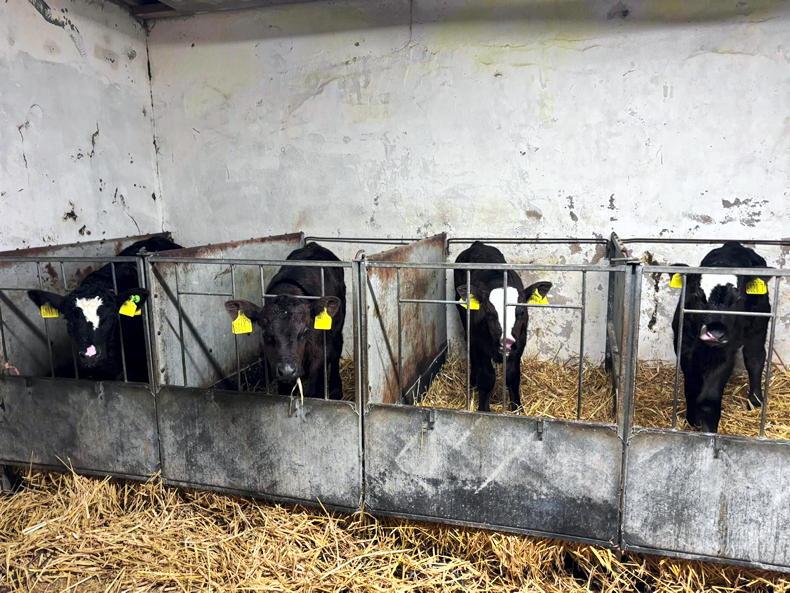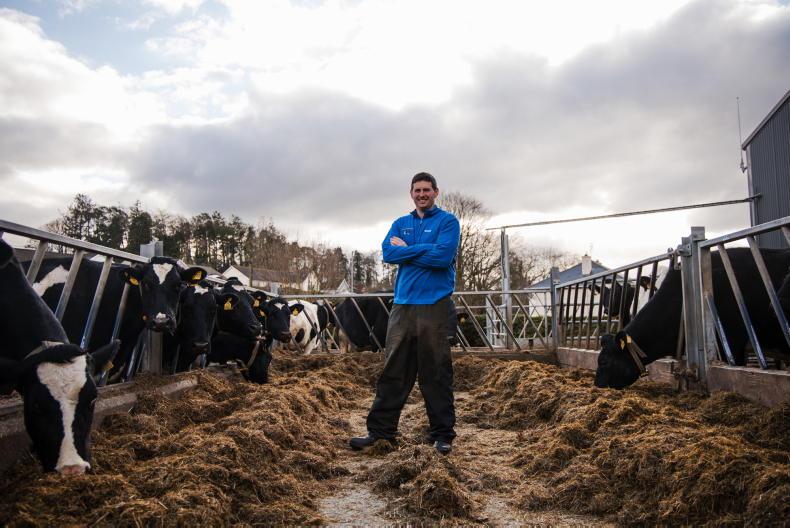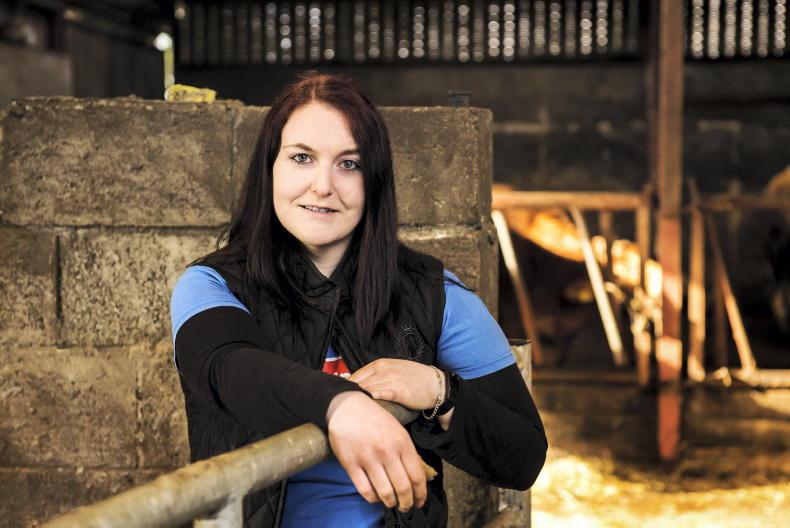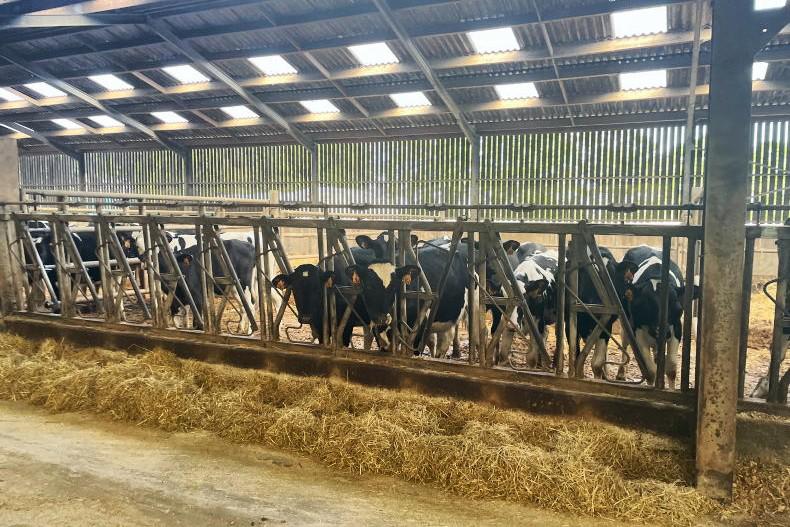Silage season seems to have hit drystock farms over the past week, with reports of decent yields combined with high quality likely to lead to some very good quality silage in pits and bales this winter.
Silage contractors seem to have a shorter working window and difficulties with sourcing staff in some areas, so it’s always best to make contact with your contractor so that each person knows the other's expectations and timeline.
Very few drystock farmers require zero high quality silage, be it for over wintering weanlings or finishing stock, cows post calving or pregnant ewes.
As drystock farmers tend to mow out fewer surplus paddocks, a portion of the main silage cut (1st or 2nd) should be targeted as high-quality bales or put in to a separate pit.
Sward quality is deteriorating on some farms as the natural heading date of grass varieties approaches. Older swards seem to be the most affected, so grazing these at covers of 1,100-1,200 kg DM/ha for the next few weeks might be an option to prevent large amounts of stem creeping in to swards.
Mark Maxwell– Ballinagore, Co Westmeath
Grazing conditions continue to remain very good, with grass growth slowing down the last few days due to the colder nights.
I have been able to keep enough grass ahead of the stock, although some paddocks have gone too strong for the cattle so it was spread with one bag of Terra Cutsward and I intend to get it baled.
I have been applying cattle slurry to the grazed paddocks after the cattle to push on grass growth. I hope to begin first cut silage around 10 June, with 75 acres in total to cut. The silage ground received three bags of Terra Cut Sward at 22% nitrogen.
Once cut it will receive cattle slurry and 2-3 bags of Terra CAN to prepare it for second cut.
System Suckler to finishing
Soil Type Variable
Farm cover (kg/DM/ha) 311
Growth (kg/DM/ha/day) 41
Demand (kg/DM/ha/day) 52
John Dunne – Portarlington, Co Offaly
First cut will get underway this week as we hope to cut 40 acres. Despite the poor start this spring, the good weather we have experienced in recent weeks has resulted in grass growth pushing on really well, but with the late turn out I have been left with some strong covers on grazing paddocks.
I intend to cut these stronger paddocks first to get them back into the rotation for grazing. As a result of this I have been running the cattle on a tighter rotation this year but thankfully I have had no issue keeping grass ahead of the cattle.
The silage ground will receive an application of 18-6-12 once it is cut as this land has always been low in P and K as it remains around an index 2.
System Suckler to beef
Soil Type Free draining
Farm cover (kg/DM/ha) 1,897
Growth (kg/DM/ha/day) 77
Demand (kg/DM/ha/day) 53
Wesley Brown – Dunraymond, Co Monaghan
I am in a better position now compared to earlier in the spring as my grass growth is currently exceeding my demand thanks to the recent good spell of weather we have received.
Breeding season kicked off in the first of the month and I will now be looking to close off paddocks for silage in the coming weeks.
First cut silage is taking place this week as I have 30 acres mowed and ready to be lifted. It will receive slurry at a rate of 3,000gal/acre and will be applied using a dribble bar.
I’ll spread a top dressing of urea on it at a later date. The cattle are achieving good clean out of all the paddocks, and with the heat we are experiencing at the moment regrowth has been fantastic.
System Suckler to beef
Soil Type Heavy
Farm cover (kg/DM/ha) 743
Growth (kg/DM/ha/day) 62
Demand (kg/DM/ha/day) 35










SHARING OPTIONS